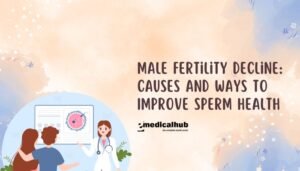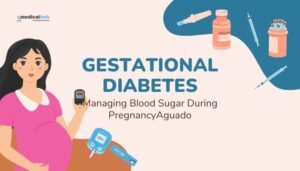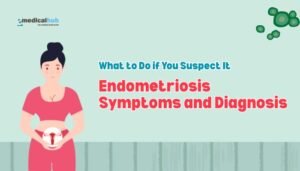Dengue Fever Outbreaks: Symptoms, Treatment, and Prevention Tips
Introduction Dengue fever is a mosquito-borne viral infection primarily found in tropical and subtropical regions of the world. Caused by one of four related dengue viruses, it is transmitted to humans through the bite of an infected Aedes mosquito—predominantly Aedes...
Read MoreRSV in Babies and Seniors: New Vaccine and How to Protect the Vulnerable
Introduction Respiratory Syncytial Virus (RSV) is a widespread pathogen that infects the respiratory tract. Although many children and adults experience RSV as a mild cold, it can trigger serious complications in infants, older adults, and those with compromised immunity. For...
Read MoreCOVID-19 Latest Variant Updates: Symptoms, Booster Shots, and Safety
Introduction Since the start of the COVID-19 pandemic, the SARS-CoV-2 virus has undergone multiple mutations, leading to new variants and subvariants. Each iteration can differ in contagiousness, immune evasion, or severity, impacting public health guidance and vaccination strategies. As health...
Read MoreLong COVID Symptoms and Care: What Long-Haul Patients Need to Know
Introduction While most people who contract COVID-19 recover within weeks, a significant subset of patients experience persistent symptoms that linger for months. Commonly referred to as “Long COVID” or post-acute sequelae of SARS-CoV-2 infection (PASC), this condition can impact multiple...
Read MoreOsteoporosis in Men: Why Bone Health Matters for Males Too
Introduction Osteoporosis, often labeled a “women’s disease,” affects millions of men as well, yet remains underrecognized in male populations. Characterized by weakened bones prone to fractures, osteoporosis can lead to debilitating injuries, especially hip fractures, carrying significant morbidity and mortality. ...
Read MorePreeclampsia Causes and Prevention: What Expectant Mothers Need to Know
Introduction Preeclampsia is a pregnancy-related condition characterized by high blood pressure and signs of organ dysfunction, typically arising after 20 weeks of gestation. Although it can vary in intensity, preeclampsia is a leading contributor to maternal and fetal morbidity and...
Read MoreMale Fertility Decline: Causes and Ways to Improve Sperm Health
Introduction Male fertility is a cornerstone of reproductive success. However, in recent decades, evidence suggests a decline in sperm quantity and quality across many regions worldwide. Factors such as lifestyle changes, environmental exposures, and underlying medical conditions can compromise sperm...
Read MoreGestational Diabetes: Managing Blood Sugar During Pregnancy
Introduction Gestational diabetes mellitus (GDM) is a form of diabetes first recognized during pregnancy. Characterized by higher-than-normal blood glucose levels, it arises from the body’s reduced capacity to process glucose due to hormonal changes and insulin resistance. GDM typically appears...
Read MoreMenopause Relief: New Treatments for Hot Flashes and Mood Swings
Introduction Menopause—a normal part of aging—brings hormonal shifts that end monthly menstrual cycles. Typically occurring between ages 45 and 55, it represents a major milestone in women’s health and life experience. Yet many find the transition challenging due to symptoms...
Read MoreEndometriosis Symptoms and Diagnosis: What to Do if You Suspect It
Introduction Endometriosis is a condition in which tissue resembling the lining of the uterus (endometrium) grows outside of its normal location. This tissue may appear on organs in the pelvic area (e.g., ovaries, fallopian tubes, outer uterine walls) or on...
Read More









